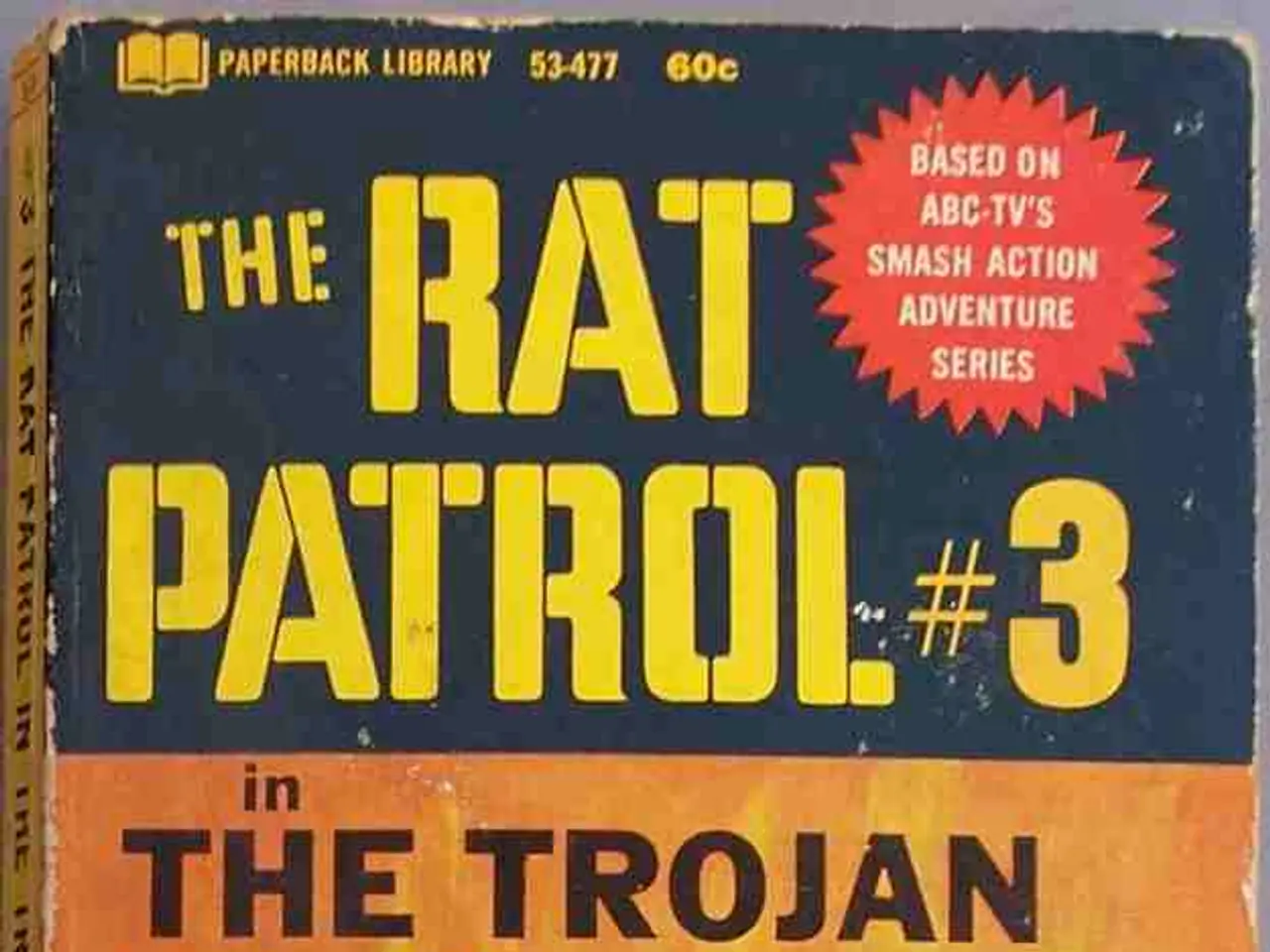Strategy Guides for prevailing in continental combat on the Asian continent
Defending India from the Japanese: A Tale of Strategy and Resilience
In the tumultuous years between 1941 and 1945, the British Empire faced a formidable challenge: defending India from the relentless advance of the Japanese forces. The success of this effort was not merely a testament to the might of the British military, but a result of strategic planning, Allied cooperation, and a keen understanding of the Japanese limitations.
Strategic Defense in Depth
The British, having learned from earlier failures such as the fall of Singapore, adopted a defense-in-depth strategy. Instead of concentrating forces solely at the coastline, they set up multiple defensive lines inland. This approach aimed to slow and disrupt Japanese advances, making it harder for them to secure quick victories as they had previously in places like Malaya and Singapore.
Allied Cooperation and Diverse Forces
The defense effort was supported by a coalition of British, Indian, Australian, and other Allied troops. This diversity allowed for pooling of resources and experience, enhancing the resilience of the defense against Japanese offensives that relied heavily on rapid, overwhelming attacks.
Geographic and Logistic Challenges for Japan
The extensive terrain of Southeast Asia and northeastern India presented significant challenges for Japanese supply lines. Although Japanese forces initially succeeded in rapid territorial gains, their ability to sustain long-term offensives was limited by difficulties in restoring full resource production, such as oil, and maintaining supply through contested jungle and river routes.
Intelligence and Counteroffensives
Allied forces employed intelligence advantages and eventually mounted successful counteroffensives, supported by improvements in mobility and air support. While early Japanese successes were notable, over time Allied air superiority and reinforcements hindered Japanese advances and contributed to eventual retreat.
Learning from Early Defeats
Early setbacks like the fall of Singapore in 1942, where British and Indian forces suffered massive POW losses, highlighted deficiencies in British Southeast Asian defense capabilities. These lessons led to reforms in training, command structure, and fortification of critical points on the frontier with India, strengthening the defense by the war’s later stages.
Notable Figures and Accounts
The future Field Marshal Viscount Slim commanded British Empire forces in Burma during World War II. His account of the Southeast Asian campaign, "Defeat into Victory: Battling Japan in Burma and India, 1942-1945," is one of the finest military memoirs ever written. George MacDonald Fraser, author of the Flashman series, served as a lowly private under Slim in the Burmese jungle and wrote a memoir of his experiences titled "Quartered Safe out Here".
T.S. Allen, a former intelligence officer in the US Army, praises Slim's effect on morale and claims that he gave the Fourteenth Army its "overwhelming confidence". John Masters, an Indian Army officer and noted novelist, wrote the literary memoir "The Road Past Mandalay" about his staff service during the Southeast Asian campaign. Takeyama Michio, a Japanese author, wrote "Harp of Burma", a children's novel exploring the psychological defeat of Japan during the war and the theme of transcendence through Buddhist contemplation.
In conclusion, the British-led successful defense of India against Japanese invasion attempts was a result of adapting to Japanese tactics with defense-in-depth, leveraging multinational Allied cooperation, exploiting Japanese logistic weaknesses, and learning from earlier failures to build stronger, more resilient defenses in Southeast Asia and along the Indian frontier from 1941 to 1945. Fraser notes the difference between military history and the reality of war, describing events like watching a wounded colleague and the monsoon's impact on soldiers.
Military education played a crucial role in preparing personnel for the challenging warfare in this timeframe. The British military, in particular, focused on training strategies to counteract the Japanese onslaught.
The intelligence gathered during the war played a significant part in mounting various counteroffensives, as it provided insight into the Japanese operations and weaknesses.
Defense evolved beyond merely a military matter, with special operations becoming essential in executing strategic plans and disrupting enemy advances.
Books, not only historical accounts but also works of fiction, played a role in immortalizing the heroes of the war and offering insights into the human aspects of warfare, often providing a foundation for military education and fostering a deeper understanding of war and its impact.








